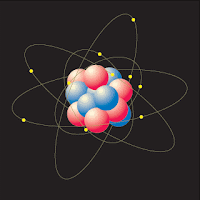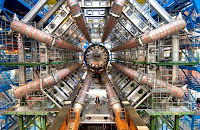
We have been talking about small particles this week. Atoms, which are the tiny particles that make up matter, were once thought to be fundamental. That is, they were believed to be the end of the line when it comes to breaking apart substances. At this point, scientists have found that even atoms can be broken down into smaller parts, protons, electrons, and neutrons, which can also be broken down into even smaller parts (quarks, leptons, force carrier particles).



